Image
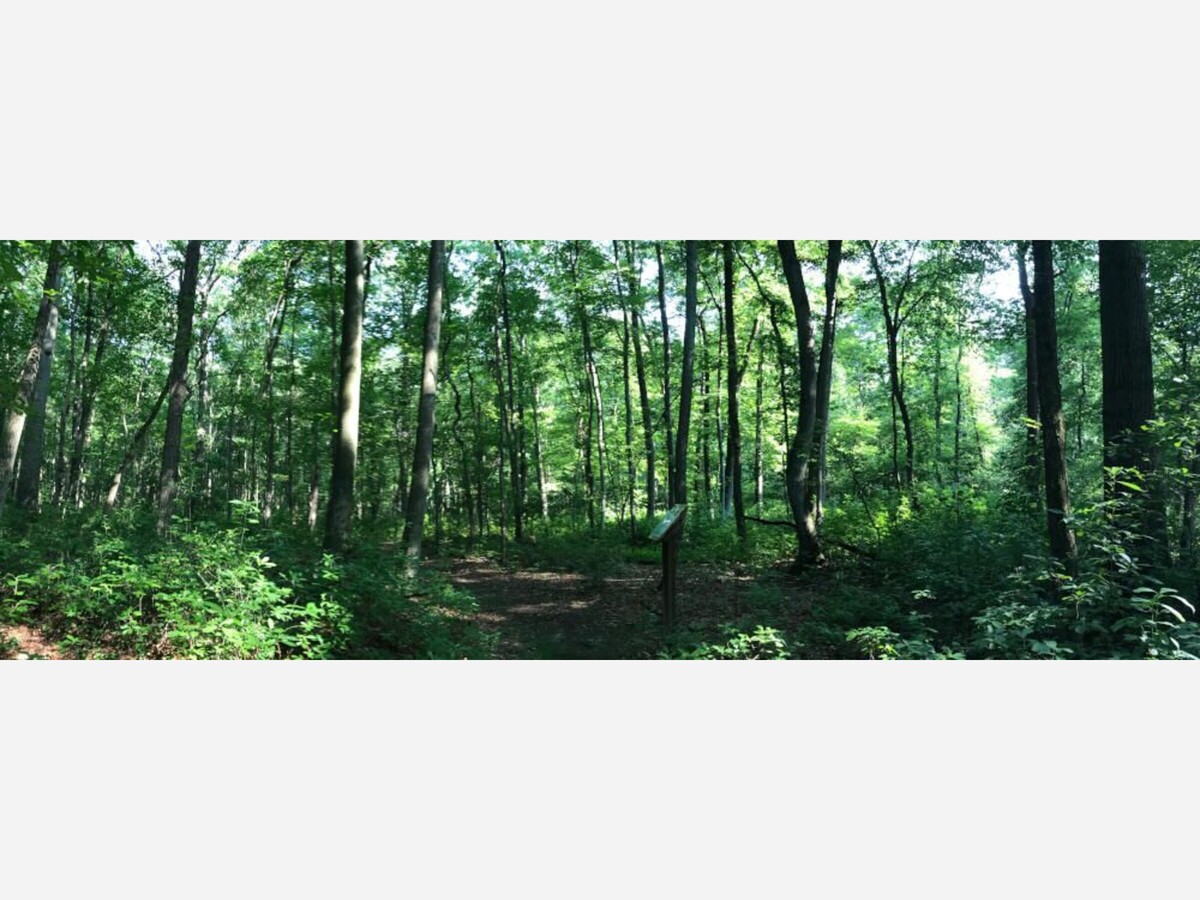
The WW Environmental Commission meeting began with a Gold Award project idea presentation by Aaliya Jamadar, a Girl Scout from troop 70034. Her proposed project is saving the bees. She observed a substantial decrease in the bee population in New Jersey. As stated by Aaliya, “since 2006, beekeepers in the US have reported honeybee colony loss rates averaging 30% each winter as compared to a historical 10%.” Her goal is to bring awareness to a few of the causes of the scarcity of bees. She plans on creating a bee garden at Zaitz Park. The garden would include native plants and pollinator friendly plants. She will assist in the cleanup of a preexisting garden for pollinators, teach at the Plainsboro Public Library about the significance of bees, and go door to door and help individual households plant gardens in their own yards so they can understand why we need bees to be part of the ecosystem.
Next, the WW Environmental Commission reviewed the Conservation Plan Element of the Master Plan.
Under the federal government's Superfund law, a current property owner can be held responsible for past contamination. NJ-GeoWeb has information on specific known contaminated sites and other environmental features such as wetlands.

The Conservation Plan Element has been modified to take into account new conditions such as climate change, air quality, invasive species, flooding and how that might impact the Township’s Greenbelt Plan.
Then, the WW Environmental Commission unanimously voted yes on a resolution endorsing the 2023 Draft Conservation Plan Element for adoption into the Township Master Plan by the WW Planning Board.



WW Community Park gardens & meadow:
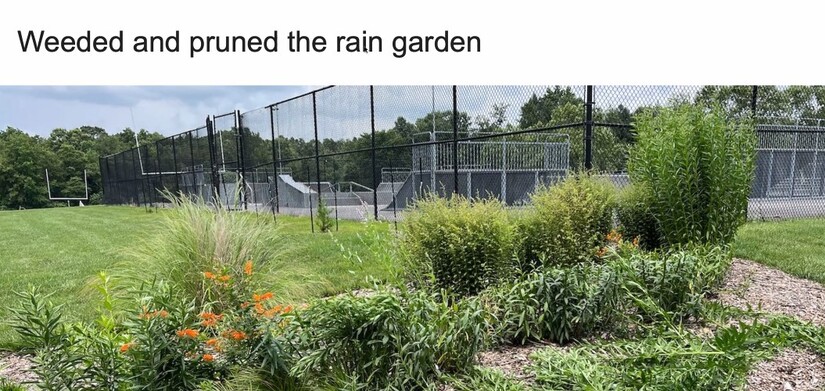
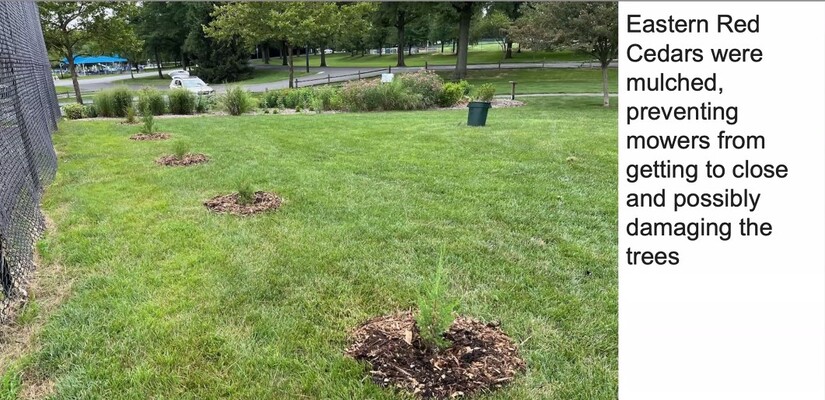
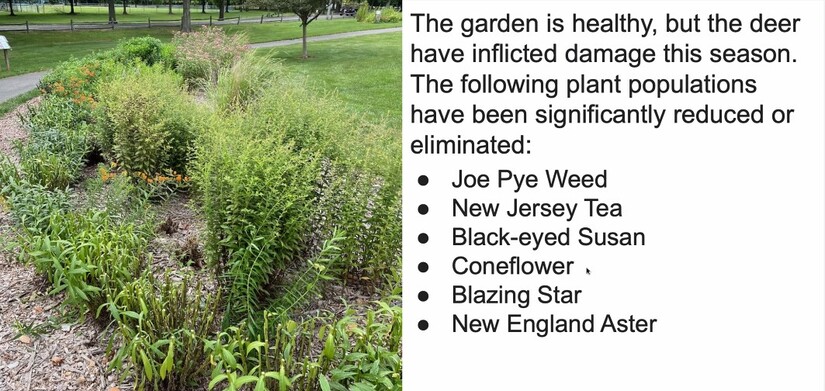
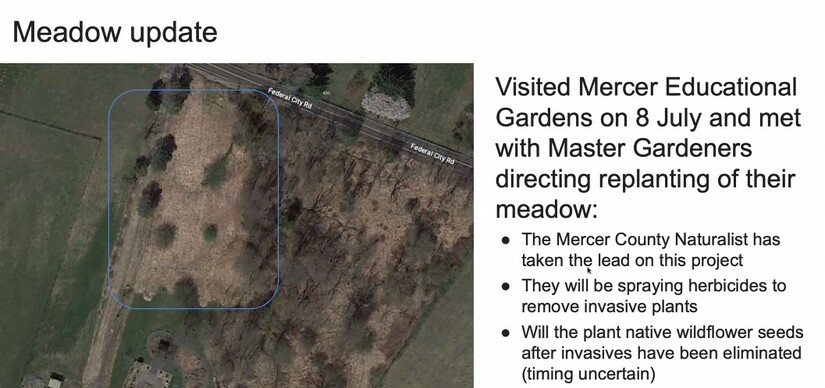
In a future Planning Board meeting, there will be a hearing on the WW Arts Council proposal to construct a small open air porch at the back of WW Arts building and a Conservation Plan Element.
The Township Council presented a proclamation to the farmer’s market for completing 20 years of service to WW. The Cranbury Rd sidewalk is complete. At the next Council meeting, there will be a resolution presented on the Penns Neck redevelopment area.
The next step for the pilot program for installing solar lighting on park entrance boards is to call and ask for quotes from preferred vendors and determine which is the better option and go from there.
If you value your weekly updates, tell your friends and neighbors, subscribe and support The Voice so we can continue to bring what you need to know, right to your inbox. If you follow the links and form opinions as to the inner workings of our local government, write a letter to the editor and we may publish your thoughts.
When talking about "honey bees," we need to distinguish the bees that are used by beekeepers and the bees that are native to our environment. The bees that beekeepers use are a cultivated variety imported from Europe and given the name by biologists, "honey bees." These bees are not native to our environment. Native bees are sometimes called wild bees, though not all wild bees are native bees, because some of the honey bees have escaped from their cultivated hives and now live in the wild. The latter are called "exotic" wild bees. The name is used in the same way we use it to identify exotic plants that invade the natural environment.
The cutoff time by which biologists determine what is "exotic" and what is not "exotic" is Colonial Times.
If we want to help our environment to resist the many things humans do to change it in unnatural ways, we should be aware that our native bees are suffering much because of the huge presence of honey bees, and many other things. In addition, honey bees themselves are facing stresses because of the many assaults humans make on the environment, such as the use of pesticides.
A good summary of this can be found in:
https://www.scientificamerican.com/article/the-problem-with-honey-bees/
If you want to learn how to identify the many different kinds of bees there are, you can go to:
https://extension.usu.edu/pests/research/beginners-guide-to-common-native-bees